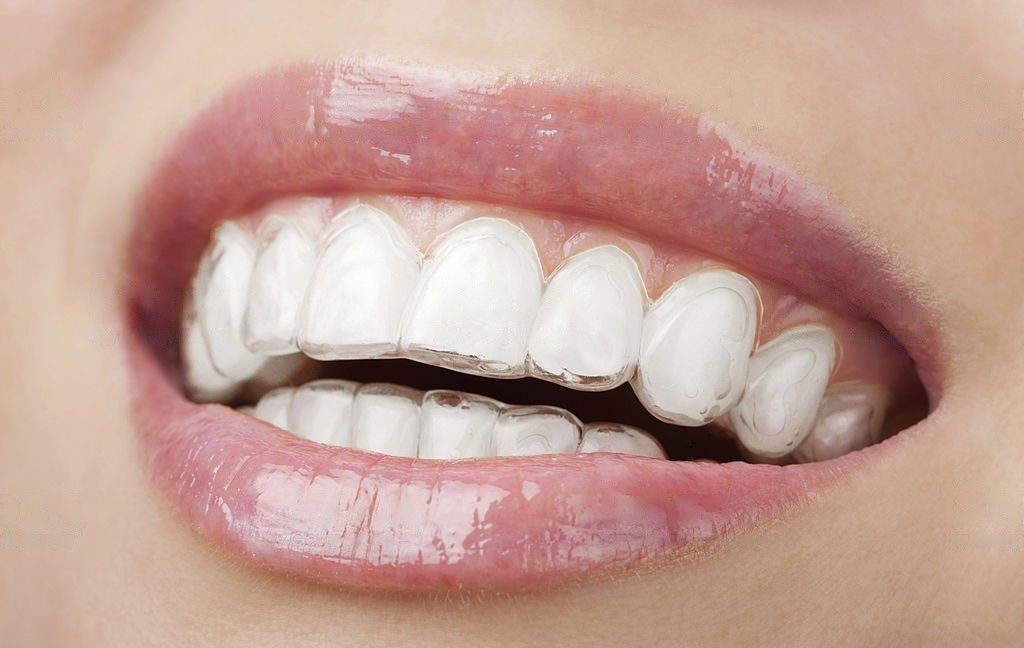ODS Aligners, a brand of clear plastic aligners, are now widely used by people of all ages. ODS Aligners are an alternative to traditional braces that can straighten your teeth without using noticeable metal brackets or wires. ODS Aligners claim to straighten teeth in a short amount of time, but how long does it take, and should you get it? Find out what happens in the next section.
When using ODS Aligners, how long does it take to finally get straight teeth?
There are two main types of people among the 65% of adults who suffer from crooked teeth.
• Those who never went through any sort of tooth orientation as a kid, whether that was with braces or something else, or
• For those who used to have dentures but stopped using their retainers, their teeth started shifting.
In either case, ODS Aligners can help you achieve a straighter smile, and the process is faster than you might think. The majority of patients experience improvement within the first few weeks following treatment, and the full course of treatment lasts only about 12 months on average. Using a retainer is a must if you want to keep your fresh smile in place after your orthodontic treatment is complete.
Variations in Wear Time and Their Causes
The way each person's mouth looks and feels is as distinctive as their fingerprints. Therefore, it is difficult to estimate how long treatment will last. Patients who need only minor adjustments may be able to finish treatment in as little as 6 months, while those who require more extensive adjustments may need as long as 18 months.
A few of the most important causes of these variations in treatment time are discussed below.
1. crooked and crowded teeth.
Crowding can cause teeth to shift out of place, especially if your jaw is small relative to the size of your teeth. It takes about a year to fix severe overcrowding, but only six months to fix mild cases. The farther your teeth will need to move during treatment, the more dental clutter you will have, which will add time to the process.
In extreme cases of crowded teeth, your orthodontist may advise an alternative treatment before ODS Aligners are considered.
• Tooth Loss
Diastemata, or spaces between teeth, can form for a variety of reasons, including jawbone recession or undersized teeth. Similar to overcrowding, fixing minor gaping holes will take significantly less time than fixing significant gaps.
Treatment time for moderate to significant crowding and spacing issues can take as long as 18 months, depending on how quickly your teeth adapt. Sometimes the teeth are too small for the jaw and vice versa. Consequently, it may be challenging to completely close your gaps. The dentist may suggest veneers or bonding as additional treatments.
• Patients' Ages
All ages, from teenagers to adults, can benefit from ODS Aligners, though results may vary depending on the patient's age. Teenagers' teeth tend to shift more quickly and easily than an adult's because they are still developing.
However, regardless of age, some people's teeth move at a faster rate than others. Some mature adults may experience benefits much more quickly than younger ones (though compliance with a treatment plan might have something to do with that). One is never too old to benefit from the use of clear aligners.
• Adherence to the Treatment
Lack of compliance with your dentist's prescribed aligner wear schedule can significantly lengthen your treatment time, even if your teeth only require minor correction to begin with.
Wearing your clear trays for the full minimum of 22 hours per day is required for optimal results. They can be removed for washing, eating, and tooth-brushing. But you must wear them at all other times, including when you sleep. Failure to wear aligners as directed can result in teeth shifting to their previous locations, setting you back in your treatment.
To what extent does ODS Aligners differ from conventional metal braces?
ODS Aligners trays are not forever attached to your teeth, but they can move your teeth just as quickly as metal braces, if not faster. Metal braces are unpopular among adults, and not just because of their aesthetic implications.
One problem is that eating anything crunchy can easily break the metal wires, causing your treatment time to be extended. That's why wearing braces often means limiting certain types of food. The following items are typically not appropriate for use with orthodontic appliances:
• Popcorn and other crunchy snacks.
• Foods with a crunchy texture, such as nuts and pretzels,
• Items that require chewing, such as bagels and licorice candies,
• Sticky foods and drinks, like gum and caramel.

 EN
EN IT
IT FR
FR